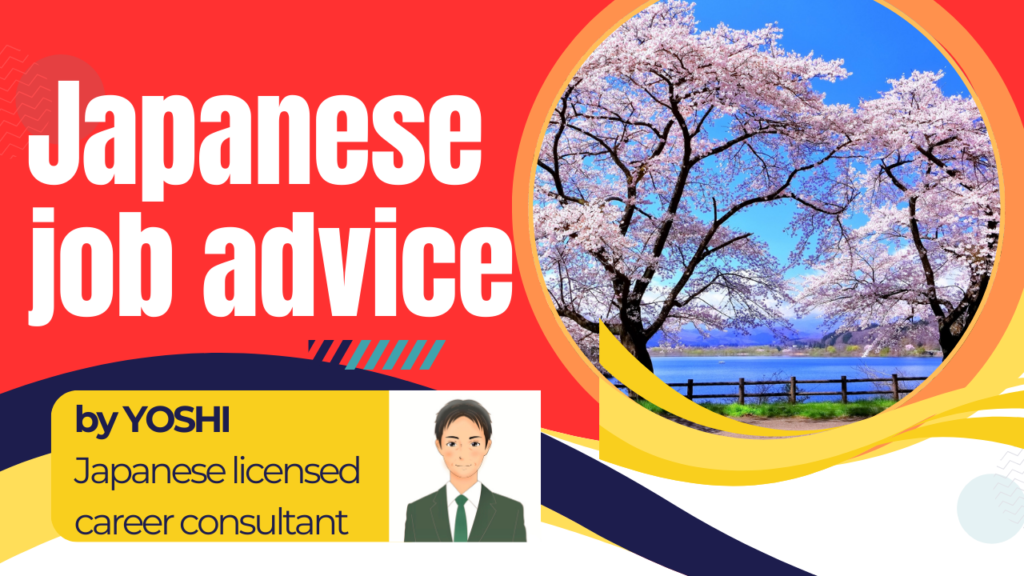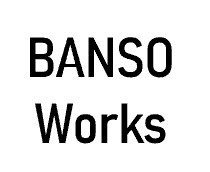What is Jiro-Style inspired Ramen ? How can I use "mashi mashi(ましまし)"?

(Photo of Example of Jiro-style)
When working in Japan, it’s worth knowing at least the basics about ramen shops to build rapport with colleagues and interact with Japanese people effectively.
About 10 years ago, Jiro-style ramen was considered a niche dish for hardcore enthusiasts, with strict rules that made it intimidating for newcomers. However, in recent years, there are now portion sizes that are more suitable for women, and the staff has become more diverse, making it easier for international tourists visiting Japan to enjoy the experience.
"Mashimashi" is a unique ordering term mainly used in Jiro-style ramen shops in Japan. It means "add even more" and is commonly used to request extra portions of toppings or noodles. This expression is closely tied to the distinctive service culture of Jiro-style ramen.Although there is some debate over what exactly constitutes Jiro-style ramen, many ramen shops across Japan have adopted and emulated this style.
What is Jiro-Style Ramen?
Jiro-style ramen originated from the famous shop "Ramen Jiro" in Mita, Tokyo. It's known for its thick noodles, rich broth, and massive toppings. The quantity and impact of this ramen often make it feel more like a "challenge" or "experience" than just a meal.For now, its sheer volume has made it extremely popular among many male students.
It’s important to note that even the "Small Ramen" is about twice the size of a regular serving, and the "Mini Ramen" is equivalent to the portion size at regular ramen shops. So, be careful not to accidentally order the "regular size" or "large serving" from the start.
How to Use Mashimashi(ましまし)
When ordering Jiro-style ramen, you are typically asked, "Would you like garlic?" (ニンニク入れますか?)just before the ramen is served. This is your chance to customize the toppings.
One important point to note is the unwritten rule regarding the question, "Would you like garlic?" asked by the staff just before your ramen is served. You are not expected to answer with a simple "yes" or "no." While answering this way would be grammatically correct in Japanese, this is an exception to the rule. If you simply say "yes," the staff may respond with a puzzled "Huh?" Instead, understand that this question is asking how you would like to customize your order.
By saying "Mashimashi," you request an extra-large portion, far exceeding the standard serving.
Common Examples
Here are some typical toppings and what "Mashimashi" means in terms of portion size:
For a regular portion, you typically don’t need to say anything, so keep that in mind. You only say “Mashi” when you want a larger portion.
- Yasai (Vegetables): Primarily cabbage and bean sprouts.
- Yasai → A standard serving.
- Mashi → A noticeable heap of vegetables.
- Mashimashi → A mountain of vegetables spilling over the bowl.
- Ninniku (Garlic): Chopped garlic.
- Ninniku → About a teaspoon.
- Mashi → 2–3 teaspoons.
- Mashimashi → A large heap of garlic.
- Abura (Fat): Rendered pork fat.
- Abura→ A small amount floating in the broth.
- Mashi → The broth is heavily coated in fat.
- Mashimashi → The bowl is nearly filled with pork fat.
- The following responses are model answers.
「にんにく、やさいましまし」 (Garic =regular, Yasai=A mountain of vegetables spilling over the bowl)
"Zen Mashi(全マシ)" is an ordering method where all four toppings—garlic, vegetables, fat, and soy sauce (Kara-mé)—are added in larger quantities. If you’re not fond of a particular topping, you can say something like, "Please make everything Mashi except the vegetables," to reduce the amount of the ingredient you don’t like.
Things to Keep in Mind
- Know Your Limits
The "Mashimashi" portions can be overwhelming, even for seasoned diners. Make sure you can finish your meal before ordering extra. - Respect the Rules
Jiro-style ramen shops often have specific etiquette, such as not wasting food or making unreasonable requests. Following these unwritten rules is essential. - Start Small as a Beginner
If it’s your first time, it’s better to start with the regular portions. You can work your way up to "Mashimashi" once you're familiar with the experience.
"Mashimashi" as a Cultural Phenomenon
The term "Mashimashi" has become a kind of catchphrase among fans of Jiro-style ramen. It reflects the playful and personalized aspect of this food culture, where diners can tailor their ramen to their preferences. This phrase also embodies the sense of camaraderie and individuality celebrated in Jiro-style dining.

"Mashimashi" as a Cultural Phenomenon
Writer and Editor: Lio, Japanese career consultant

Lio is a nationally licensed career consultant in Japan. He holds the Level 1 SEO Certification and is a certified web analyst. Born in Japan, he has lived in four countries, gaining an understanding of various cultures while being well-versed in Japan's unique work culture and language. With 25 years of experience in HR at both Japanese and multinational companies, he leverages his expertise to support individuals seeking to work in Japan




